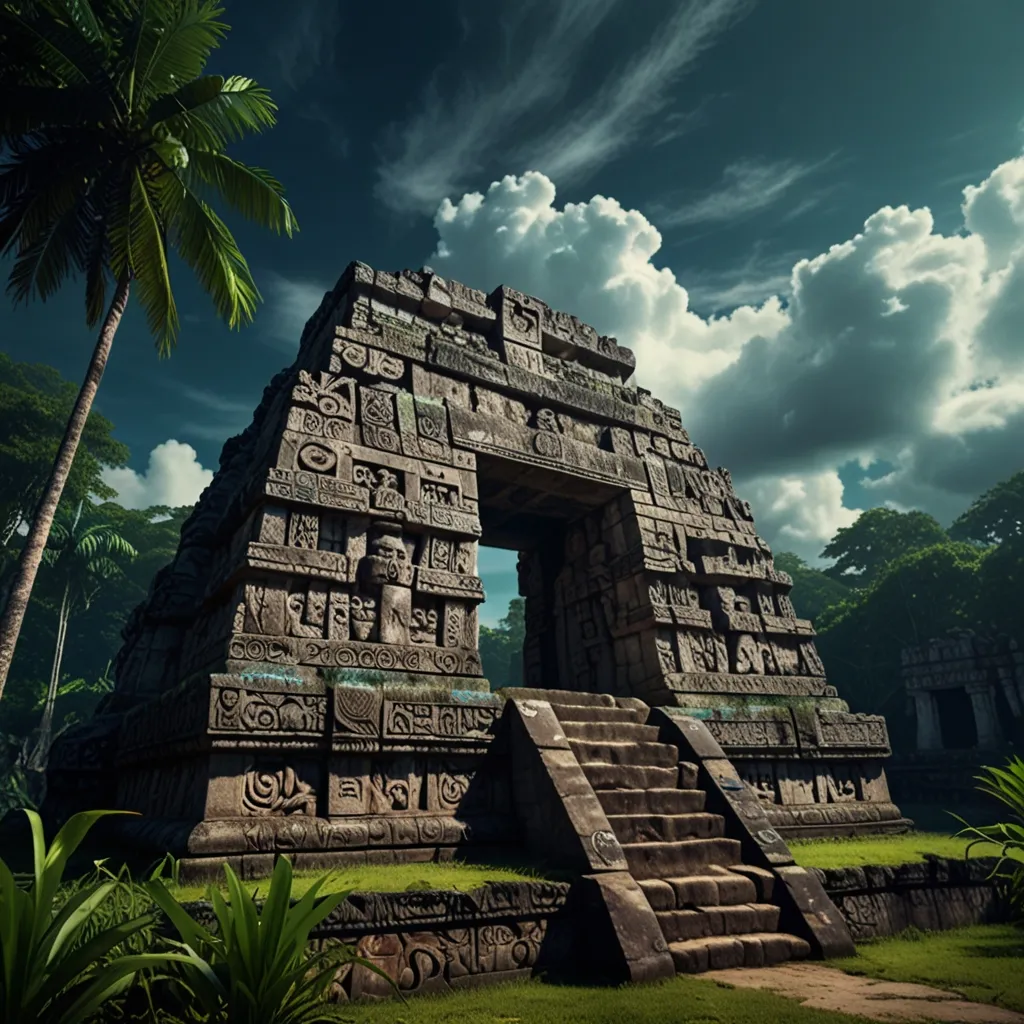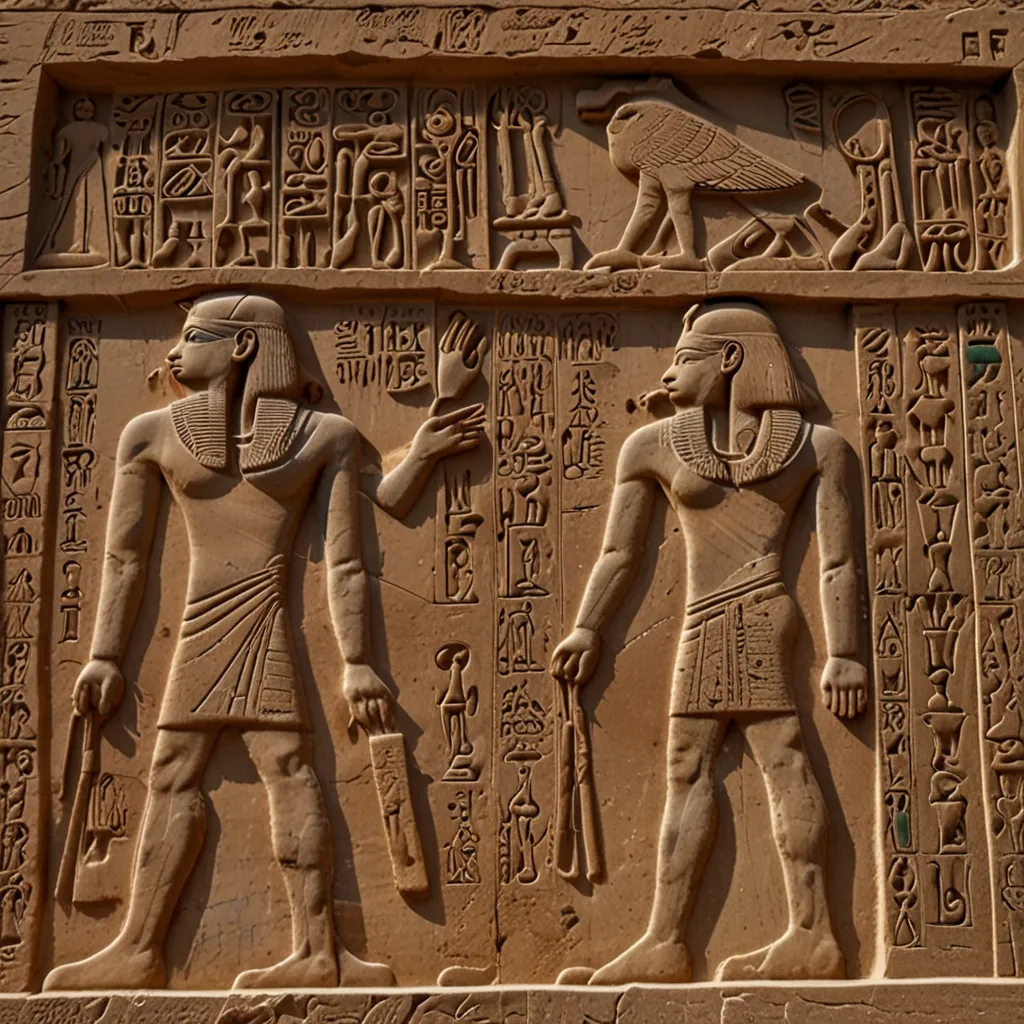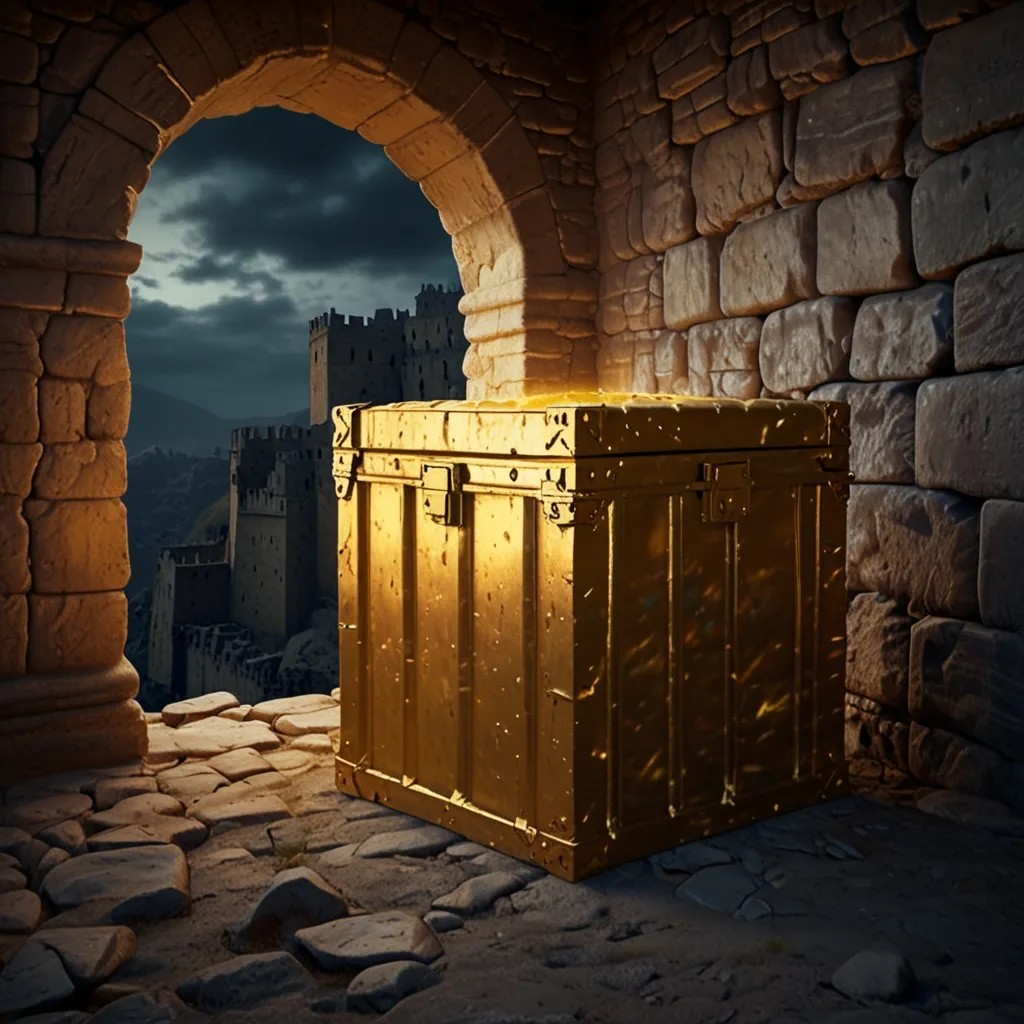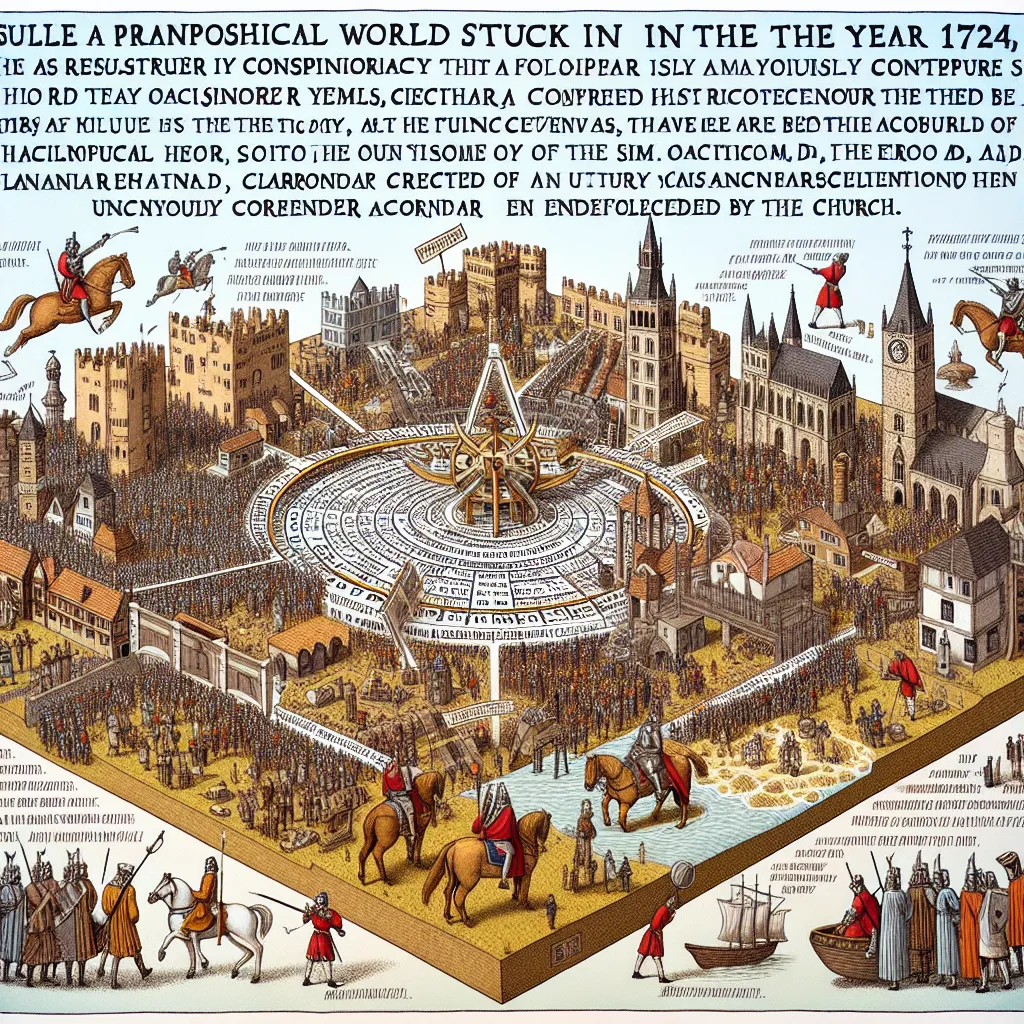Copan: The Ancient Mayan City That Touched the Stars
Ever wondered what it’d be like to step back in time and walk among the ancient Maya? Well, buckle up, because we’re about to take a journey to Copan, Honduras – one of the most mind-blowing Mayan sites you’ll ever lay eyes on.
Picture this: you’re deep in the lush jungles of the Yucatan Peninsula, surrounded by towering stone structures and intricate carvings that have withstood the test of time. This isn’t just any old ruins – we’re talking about one of the most important city centers of the Mayan Empire.
Now, let’s get one thing straight – the Maya weren’t your average Joe civilization. These guys were like the rock stars of the ancient world. They were crushing it in astronomy, mathematics, writing, and architecture long before it was cool. We’re talking about a civilization that lasted from around 2000 BC to 900 AD. That’s some serious staying power!
The Maya weren’t just hanging out in one spot, either. Their empire stretched from the top of the Yucatan Peninsula all the way down to the Pacific coast of Guatemala, and even spilled over into parts of modern-day Mexico and Honduras. Talk about prime real estate!
Copan itself was a big deal back in the day. We’re talking about a city that covered an area of about 10 square miles and was home to around 20,000 people. That’s like a small town by today’s standards, but back then? It was the New York City of the Mayan world.
But here’s where things get weird. Sometime in the 9th century, this thriving city just… emptied out. Poof! Gone. The people vanished, and the jungle swallowed up their incredible creations. It’s like they threw the ultimate ghosting party and left us scratching our heads.
Now, let’s talk about what makes Copan so special. This place is jam-packed with these amazing stone statues called stelae. These aren’t your garden-variety statues – we’re talking about massive, intricately carved figures of Copan’s semi-divine rulers. And get this – they’re covered in hieroglyphic writings that give us a peek into how these ancient folks viewed the heavens.
It’s like they were trying to recreate the celestial realm right here on Earth. You know that saying, “As above, so below”? Well, Copan is the poster child for that concept. It’s like they built a cosmic sandwich, with the earthly realm on the bottom, the heavenly realm on top, and Copan smack dab in the middle.
Now, let’s dive into some of the cool stuff you can see at Copan. First up, we’ve got the Great Plaza. This bad boy is over a hundred meters long – bigger than a football field! And it’s not just empty space. Oh no, this is where you’ll find most of those jaw-dropping stone giants I mentioned earlier.
Speaking of stone giants, let me introduce you to the star of the show: the stelae of 18 Rabbit. No, I’m not making that name up. This guy, whose real name was Uaxaclajuun Ub’aah K’awiil (try saying that five times fast), was a big-shot ruler who reigned for 36 years. He’s the one responsible for a lot of the amazing stelae you see at Copan.
Now, here’s where things get really interesting. These stelae aren’t just pretty faces. They’re packed with information. The carvings and glyphs on these bad boys tell us all about 18 Rabbit and how he was basically channeling the high god of Copan, a sky deity called Chante Ajaw.
But hold onto your hats, folks, because we’re about to go full-on ancient aliens. You see, when some people look at these carvings, they don’t just see depictions of gods. They see misunderstood technology.
Think about it this way: if you showed your smartphone to your great-great-grandfather, he’d probably think you were some kind of wizard. It’s all about frame of reference. So, when ancient people saw beings coming from the sky with advanced tech, what did they do? They called them gods, of course!
And here’s the kicker – it’s not just in Copan. You can find similar depictions of sky gods all over the world. We’re talking Mesopotamia, with gods like Enki and Ishtar rocking similar headdresses. It’s like there was a cosmic dress code, and everyone got the memo except us.
Now, I know what you’re thinking. “But wait, couldn’t this just be a coincidence?” Sure, it could be. But when you see these patterns popping up in every ancient culture, regardless of continent, it makes you wonder. Were our ancestors really just making up stories, or were they trying to explain something they actually saw?
Here’s a wild thought: what if these “gods” were actually flesh-and-blood extraterrestrials? I mean, they came from the sky, they had advanced tech, and they seemed to have a thing for fancy headgear. If that doesn’t scream “alien visitors,” I don’t know what does.
But let’s bring it back to Copan for a second. One of the coolest things about this place is how it connects us to our past. When you stand next to one of these massive stelae, you can’t help but feel a sense of awe. You’re touching the same stone that was carved over a thousand years ago by people who were trying to understand their place in the universe.
And who knows? Maybe someday we’ll have technology advanced enough to unlock even more secrets from these ancient stones. Imagine being able to scan a stelae and access the memories stored in its crystalline structure. It’s like these massive stone carvings could be the world’s oldest hard drives!
So, what can we take away from Copan? Well, for one, it’s a reminder of how awesome and mysterious our past really is. It shows us that our ancestors were way more sophisticated than we often give them credit for. And it leaves us with some pretty big questions about our place in the cosmos.
Whether you believe in ancient aliens or not, one thing’s for sure – places like Copan make you think. They make you wonder about the countless civilizations that have risen and fallen, about the knowledge that’s been lost to time, and about the possibility that we might not be alone in this vast universe.
So next time you’re planning a vacation, why not skip the beach and head to Copan instead? Trust me, standing in the shadow of those ancient stelae, feeling the weight of history and mystery all around you – it’s an experience you won’t soon forget. Who knows? You might even start seeing UFOs in those Mayan carvings. Just don’t blame me if you come back believing in ancient astronauts!






